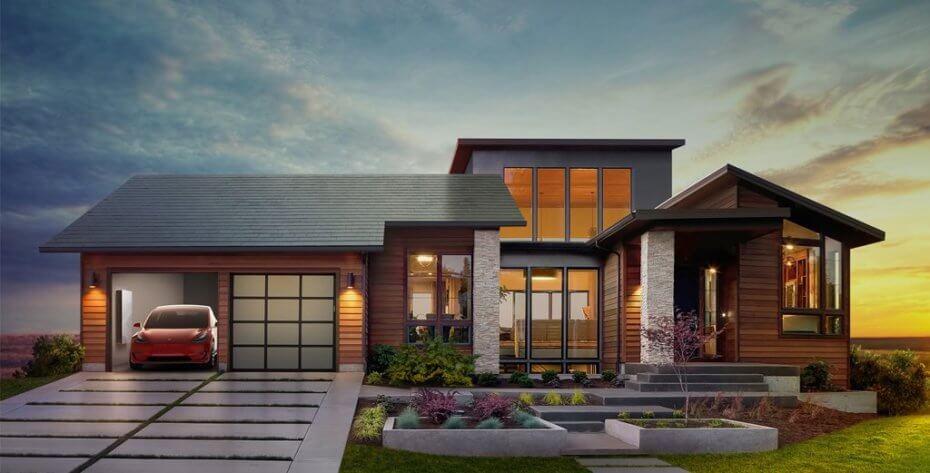
(psst: those “slate” tiles are actually solar-powered glass tiles from Tesla/Solar City)
Interested in making your home or investment properties higher-tech? Or perhaps more eco-friendly and green? Maybe you just like the idea of self-sufficiency, your home powered independently from the grid?
All three are quickly becoming synonymous.
Much of today’s smart home technology improves efficiency, and saves money on utility bills. And green home improvements increasingly utilize smart tech that learns behaviors and connects wirelessly to your phone.
Read about rental property calculator.
Read about lowest down payment for investment property.
Why does this matter to landlords? Quite simply, they can charge more. With an up-front investment, they can ask more in rent, and can even become the utility. Curious how?
Here are six ways homeowners and real estate investors can go green, save or earn more money, and leverage cutting-edge smart tech to break their dependence on the grid.
1. Smart Irrigation Systems
In much of the western United States, water efficiency has crossed over from “charming ideal” to grim necessity. And while a few residents have embraced the water-free rock garden, many still want a real lawn and garden.
How can property owners slash their water usage, while keeping their lawn lush and garden growing?
As it happens, there’s an easy answer. Smart irrigation systems cost around $250, and connect to the local weather service to know exactly how much rain is on the horizon. It also allows for 16 separate zones, and measures sunlight and real-time soil conditions in each.
In other words, it knows exactly how much water each zone needs, in real time. The upside? A savings of around 40% on your water bill. That means it can pay for itself in under a year, in many places.
2. Smart Thermostats
These aren’t new per se, but they get smarter every year. Smart thermostats use machine learning to analyze your behavior and plan accordingly. Anticipating when you will leave and return every day, it will adjust the thermostat in preparation.
But today’s smart thermostats don’t just model when they think you’ll be home or absent. They actually know, using either geolocation tech (your phone’s GPS) or motion detection.
Smart thermostats boast affordable price tags nowadays, usually in the $200 range. They too will pay for themselves in a year or two.
3. Integrated, Invisible Solar Roofs
Last week, Elon Musk of Tesla unveiled their new solar roof tiles. By tile, we mean roofing tile, not solar panel – these are textured glass roof tiles that look just like slate or terra cotta roof tiles.
Will they actually perform? Apparently, these new tiles produce 98% as much power per square foot as traditional, ugly solar panels. But instead of one bulky buildout scarring a section of roof, the entire roof can collect power. The average roof will collect more than enough power for the house underneath it, and can store the power in Tesla’s famous Powerwall battery.
“A glass roof?” you ask, “What about thrown stones and all that, living in a glass house?” To quell fears, Musk offered a resiliency demonstration. He dropped kettlebells on a terra cotta tile, a slate tile, a clay tile and a glass solar tile. The first three broke. The latter did not (see for yourself in the video below).
And here’s the real kicker: Musk promises that the cost will (incredibly) be cheaper than installing a traditional roof and paying the utility company for power. (We’ll remain a little skeptical until we see how many years of power bills he’s including in that figure… some hard numbers would be appreciated.)
Musk claims that roofs made from his solar tiles will last two-to-three times as long as traditional roofs. If that’s true, it’s hard to imagine any high-end homes not using these roofs in 20 years from now.
As amazing as all that is, the most impressive part is probably that the roofs just look good. No one wants an ugly house, but when you marry beauty with function, incredible things happen.
4. Personal Solar Panels
Not ready to tear your roof off? No problem. For $135, you can buy a folding personal solar panel, that can charge any of your personal electronic devices. It will charge your phone, for example, in two and a half hours – about the same as a wall power outlet.
Even better, it’s thin, folds up and fits in your pocket. So, you can take it anywhere, and charge your devices. Camping? Check. Weekend getaway? Check. Backpacking across Europe? Check.
One more way to be grid-independent.
5. Smart Smoke & Carbon Monoxide Detectors
Consider two problems posed by traditional smoke detectors. First, people (particularly renters) are constantly pulling the batteries out of them to stop the chirping. In which case, you might as well not have smoke detectors.
Second, they only work if there’s someone home to hear them shrieking.
Smart smoke and CO detectors don’t have those problems. For about $100, you can install a smart detector, which doesn’t chirp when the battery is low – it alerts your smartphone. For that matter, the battery is essentially the backup power, because they can be hardwired to your home’s wiring.
And whether you’re cooking dinner or gallivanting halfway across the world, you’ll be alerted by smartphone if the alarm sounds. You can call the local fire department, or just dismiss it as a false alarm caused by your burning soufflé in the oven.
6. Smart Security System
Video recorder? Check. Motion and noise detection? Check. Remote access and video feeds to your phone? Check.
Maybe the cat tripped the motion sensor again… or maybe someone broke in to steal your mother’s jewelry box. From anywhere in the world, you can receive alerts and watch the video (live or recording).
And if this isn’t sounding super green to you yet, just wait. Security isn’t just about intruders – it’s also about air quality. Humidity, temperature, common toxins and other air quality alerts are all features of many security systems nowadays, to alert you if a dangerous spike occurs.
If all that sounds expensive, many of these systems start at $200. Hardly the bank-breaker you were expecting, eh? Save even more money by cancelling the monthly fee for a security service; scratched right off your monthly budget!
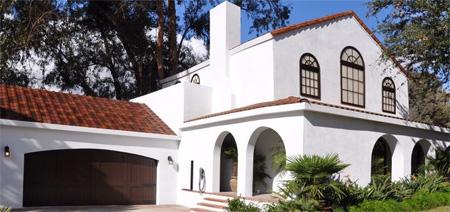
Terra cotta tiles? Nope, more solar glass tiles.
The Convergence
What do these smart home services have in common? Lower utility and service bills, for a good start. Another theme is automation, with 24/7 control and monitoring available to you via your smartphone.
Tomorrow’s world is one where you’ll be more connected to your home… but your home will be less connected to the grid. You will be able to control every little detail of your home from anywhere in the world (but won’t need to lift a finger because it will all be automated to your liking). You’ll be able to monitor your home in real time. But you’ll be less reliant than ever on public power grids, and will use less water than you do now.
As homes become smarter and more connected, they’ll become easier than ever to optimize for efficiency. Already some homes are selling power back to utility companies, rather than the other way around.
Better yet, landlords will be able to charge their tenants for power usage, and effectively become the utility. Extra revenue, anyone?♦
Have you upgraded your home to be smarter or greener? What about your rental properties? What kind of impact have you seen (or do you foresee) on your ROI?
Read llc mortgage loan requirements.
Read does california have rent control?




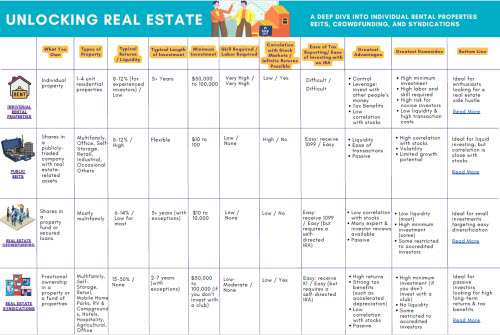


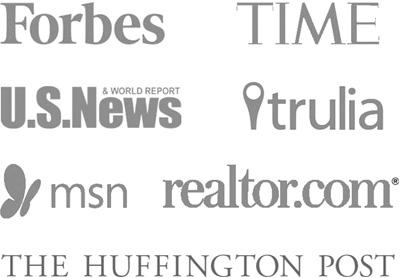
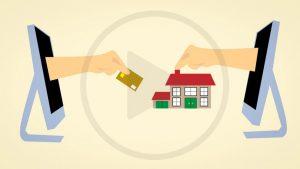


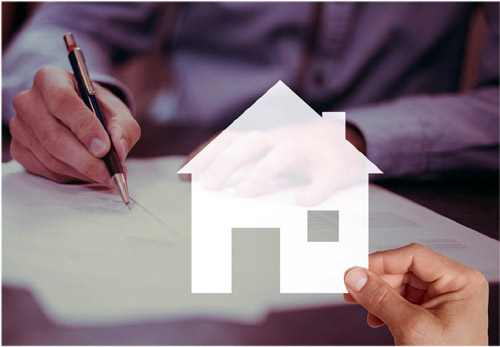

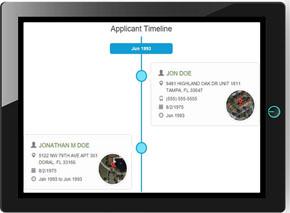




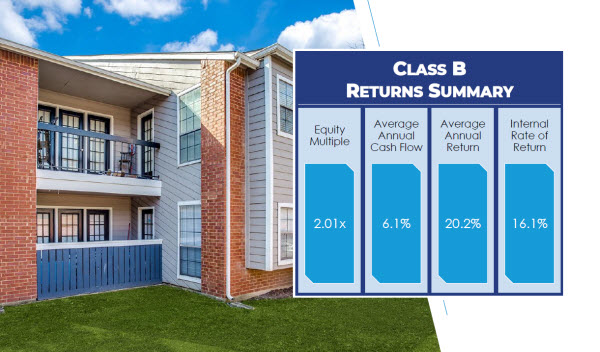

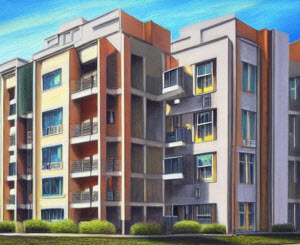

Pretty awesome. Curious to see how the pricing of solar roofs come down over the next few years. It would be really, REALLY nice to be able to sell electricity to my tenants, to add revenue!
And just imagine – whatever electricity your tenants don’t use, you can sell back to the utility company. No matter who’s using the power, you get paid for it, every day, every month, every year! Definitely an intriguing additional revenue model that landlords can keep an eye on over the next few years…
Very cool article!!! Glad to see some interest in green tech in the real estate industry
It’ll be interesting to see homes become more self-sufficient in the years to come. The days of power outages may become a scary story to tell the grandkids!
It’s a great experience using smart home technology! I love the automation especially the security features! I have leak sensors, smart light bulbs, smart thermostats, and indoor and outdoor cameras. i feel safer than using conventional technology.
Glad to hear you’ve had good experiences with smart home tech Mr. Mortel!